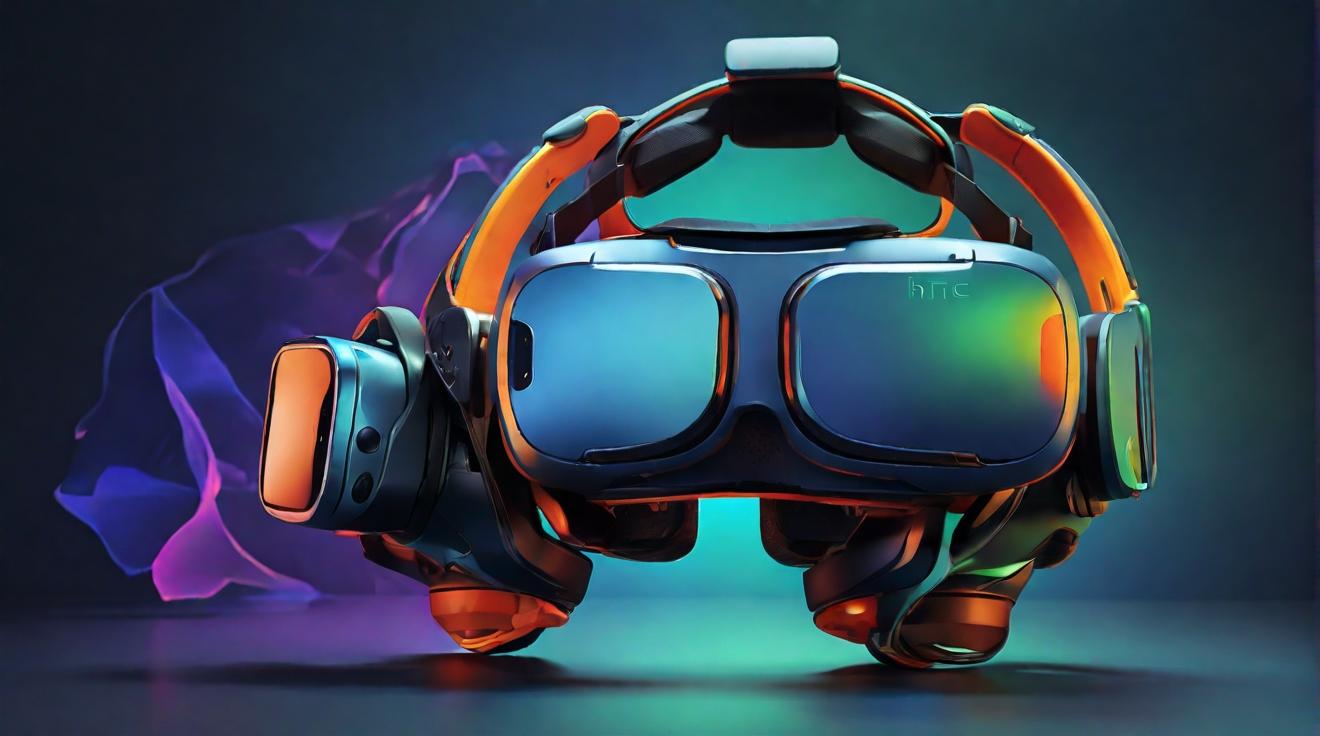A Look Back at Oculus Rift CV1: The Device That Shaped Modern Virtual Reality
Eight years ago, the virtual reality landscape was forever changed with the release of the Oculus Rift CV1. As we stand in 2024, the original Oculus Rift headset not only holds up well but is celebrated for its pivotal role in making VR technology accessible to the average consumer. The Oculus Rift CV1 was not just a product; it represented a significant leap forward in VR design and capabilities.
The acquisition of Oculus by Facebook marked a watershed moment, catapulting VR tech into mainstream popularity.
Despite the emergence of advanced headsets like the Meta Quest lineup and the HTC Vive XR Elite, the Oculus Rift CV1 is credited with laying the groundwork for the current state of virtual reality.
Oculus' journey began in 2009, spearheaded by a 16-year-old Palmer Luckey, driven by the vision to overcome the limitations of existing VR headsets. This ambition materialized into the PR1 prototype, setting the stage for Oculus's eventual success. The subsequent interest from Facebook led to a historic acquisition, underlining Oculus's significance in the VR industry.
The Oculus Rift CV1, unveiled in May 2015 and released in March 2016, was a marvel of its time. Known for its dual OLED displays, high screen resolution, and superior positional tracking, it set a high standard for immersive experiences. Although the initial absence of motion controllers was noted, the introduction of the Oculus Touch not only rectified this but also pioneered hand-tracking capabilities in VR.
The evolution from the Oculus Rift to the Quest series showcases the industry's shift towards more integrated mixed reality experiences. The competitive landscape, populated by rivals like HTC Vive and Sony’s PSVR, pushed Oculus to innovate, leading to the creation of standalone VR headsets. Following its integration into Facebook's Reality Labs and the company’s rebranding to Meta, the Quest series has continued to evolve, embodying the future of mixed reality.
Today, mainstream VR headsets such as the Quest 3 and HTC Vive XR Elite dominate the market, supported by a plethora of options from lesser-known brands. This diverse ecosystem highlights the significant advancement of VR technology, making it more accessible and immersive. Among the noteworthy contenders, the Apple Vision Pro stands as a bold step towards the future of VR, despite receiving mixed reviews.
As we reflect on the Oculus Rift CV1 and its enduring legacy, it's evident that the journey from 2016 to 2024 has been marked by remarkable innovation and growth in virtual reality. The foundations laid by the Oculus Rift have enabled a future where VR technology is not just a tool for entertainment but a platform for a myriad of applications, promising an ever-evolving and exciting horizon for the industry.
Analyst comment
This news can be evaluated as positive.
As an analyst, it is expected that the market for virtual reality will continue to grow and evolve, with more advanced and integrated headsets dominating the market. The Oculus Rift CV1’s significant role in shaping modern virtual reality technology has paved the way for future advancements and increased accessibility, leading to a diverse ecosystem of VR options. The industry will continue to innovate and expand, offering a promising and exciting horizon for the virtual reality market.













